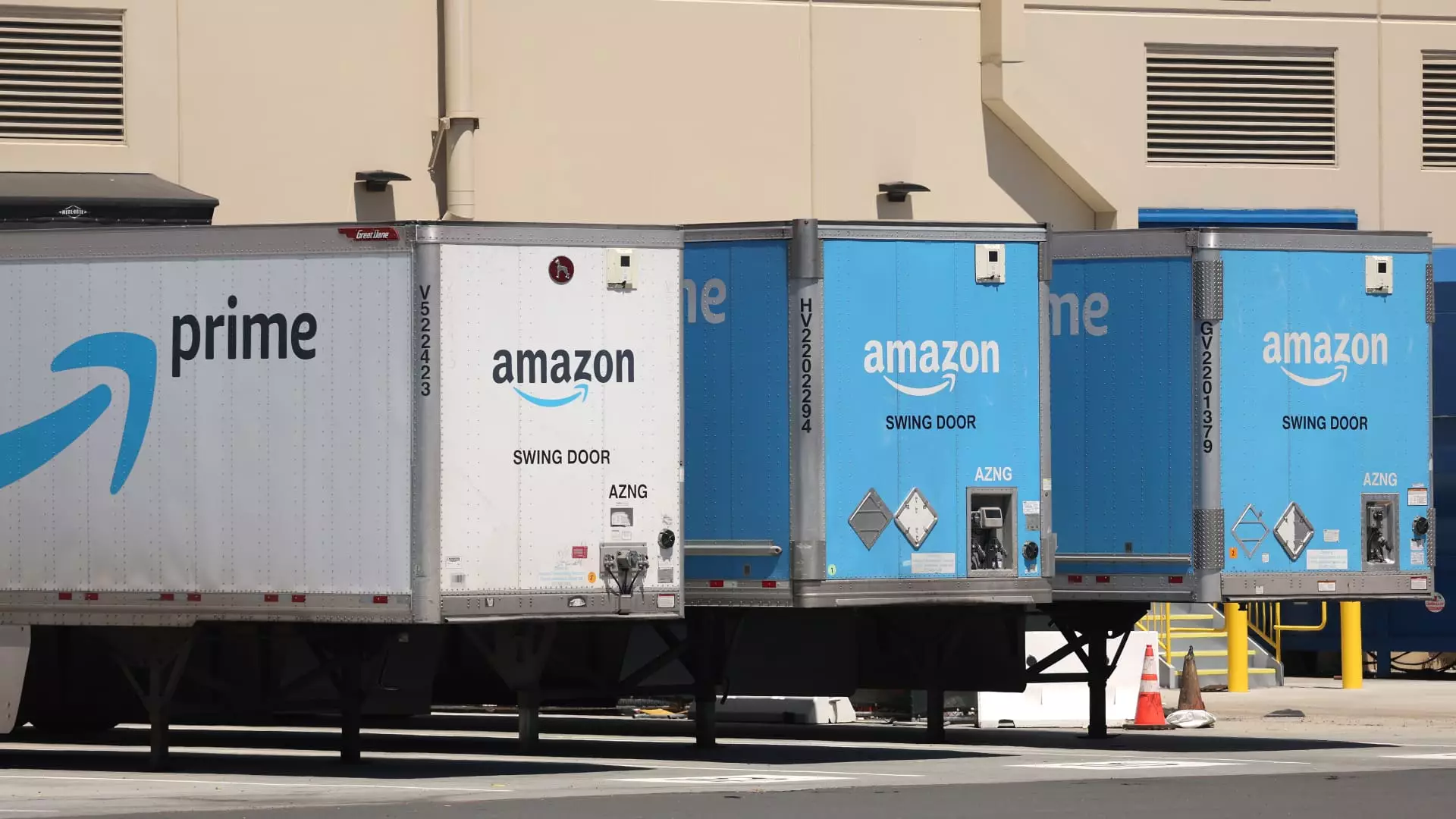In a striking exposé, the Department of Justice (DOJ) has unveiled a sophisticated criminal enterprise linked to an Armenian organized crime syndicate, which allegedly pilfered an astonishing $83 million worth of goods from none other than Amazon. This case serves as a vivid illustration of how organized crime can adapt and manipulate modern logistics systems, using deception and cunning tactics to exploit weaknesses in the supply chain. Beginning in 2021, these criminals masqueraded as legitimate truck drivers, deftly siphoning off highly sought-after merchandise destined for Amazon’s expansive warehouses.
The operation’s audacity is almost unfathomable. By portraying themselves as truckers who participated in Amazon’s Relay app, they orchestrated a daring scheme within California’s thoroughfares. As online shopping burgeons, incidents of cargo theft have swelled alongside. This operation underscores a pervasive issue confronting retailers today: the vulnerability of their logistics networks to criminal exploitation.
The Criminal Mechanism Behind the Operation
According to court documents, the alleged thieves operated under the guise of four different transport carriers—AK Transportation, NBA Holdings, Belman Transport, and Markos Transportation. These names, masked in legitimacy through deceptive contracts, were channels through which the criminals executed their nefarious plans. The logistics were simple yet effective; they would procure assigned freight routes through Amazon Relay, only to veer off course at strategically chosen moments. This calculated diversion allowed them to offload truckloads of valuable goods, ranging from smart TVs to household appliances, which they either sold on grey markets or gifted to accomplices.
While these individuals may have viewed their actions as a low-risk opportunity for quick profit, the systemic implications extend far beyond mere theft. As they disrupted the flow of goods, they left a wake of unpredictability in the market—a catastrophe for both Amazon and the third-party merchants who, through no fault of their own, may have unwittingly found themselves entangled in this web of deceit.
The Bigger Picture of Cargo Theft
This incident has raised pertinent questions about the security of cargo transportation in the digital age. Experts estimate that cargo theft inflicts losses nearing $1 billion annually across the United States, suggesting that Amazon’s challenges are far from unique. The ripple effects of such theft can jeopardize not only the immediate supply chain but also the economic stability of smaller businesses reliant on a trustworthy logistics ecosystem.
In response to rising incidents like these, Amazon has intensified its fight against the tide of theft. The DOJ’s complaint revealed that Amazon has made significant investments toward tracking stolen merchandise, routinely suspending third-party sellers suspected of merchandising stolen goods. Yet, the complexity of the issue makes it challenging to discern the innocent from the malicious. For many third-party sellers, facing the repercussions of fraudulent activities outside their purview could threaten their livelihoods—an irony that amplifies the intricacies of responsibility and culpability in a rapidly evolving e-commerce landscape.
A Broader Crime Syndicate Uncovered
Beyond the scope of cargo theft, court documents allege that these defendants are linked to a myriad of other criminal activities, including attempted murder and illegal firearm possession. This sinister connection paints a vivid picture of an organized crime syndicate that has its tentacles in various illicit enterprises. The interlinks between cargo theft and more violent crimes further accentuate the urgent need for an intensified focus on dismantling such networks.
Individual defendants have begun to face prosecution, with several appearing in court as authorities continue their efforts to weed out this tainted underbelly. The sheer magnitude of this case provides a glaring spotlight on how the interplay between organized crime and technology has evolved, presenting challenges not just for retailers but for law enforcement and society at large.
As this case progresses through the judicial system, it becomes increasingly evident that the real fight lies not solely in recovering stolen goods but also in understanding and mitigating the broader implications of such crimes. The hustle and bustle of online shopping, often perceived as innocuous, belies a more chaotic reality where the stakes are higher than ever.

